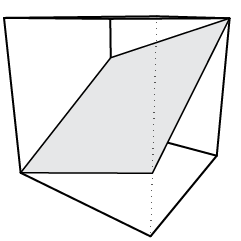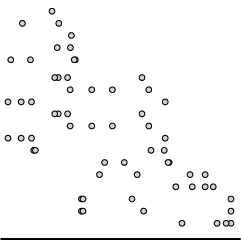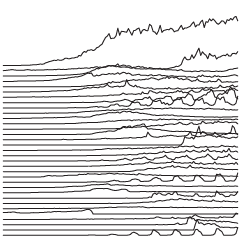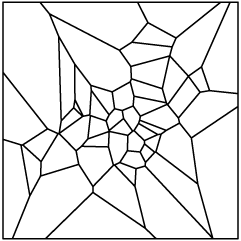The Internet Archive makes millions of digitized books available in the form of scanned pages, and these books are categorized into thousands of subjects. Focusing on book images, Mario Klingemann mapped subjects, based on tag similarity. Browse and discover new reading material.
This map offers an alternative way to browse the 2,619,833 images contained in the Internet Archive’s book collection. It shows 5500 different subjects which have been algorithmically arranged by their thematic relationships. The size of each link resembles the amount of images that are available for that topic. Clicking on a link will open the flickr page containing all the pictures for that subject. Rolling over a link will highlight all the topics that have a direct link with the subject.
I recommend browsing towards the middle in the medical cluster for some weird, old-school healing techniques.


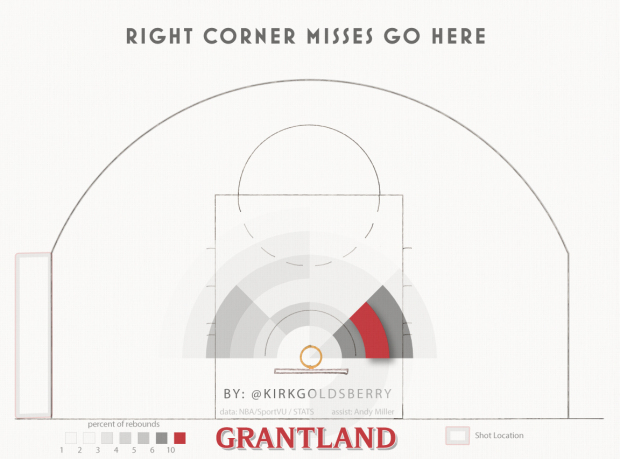

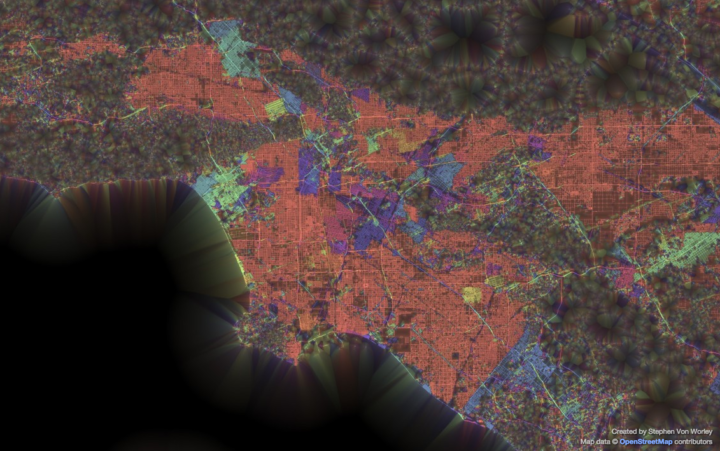
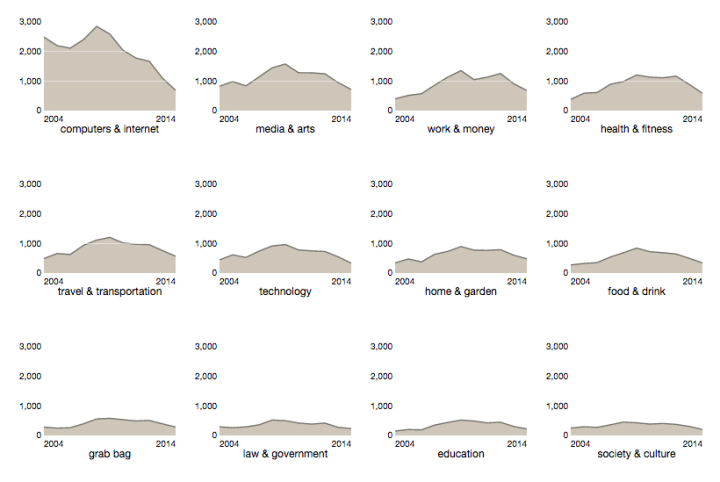
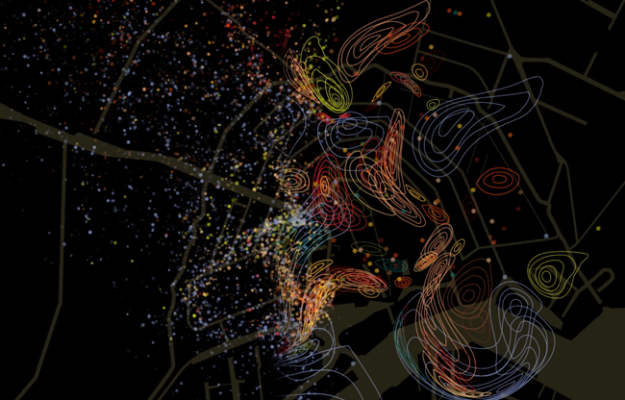
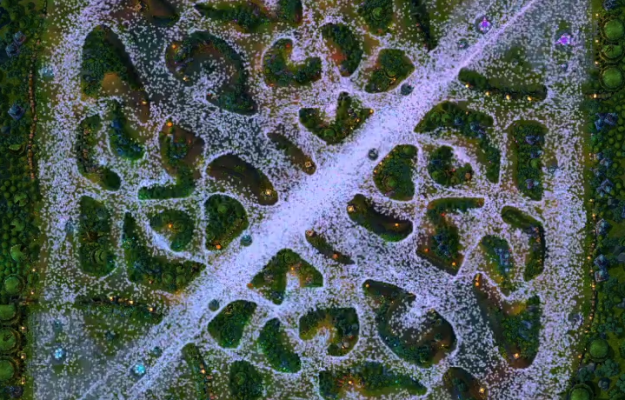
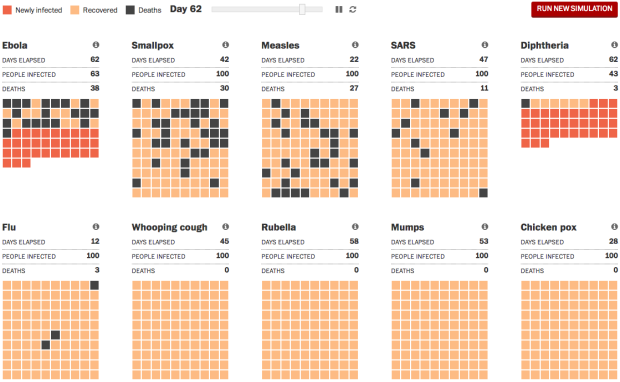
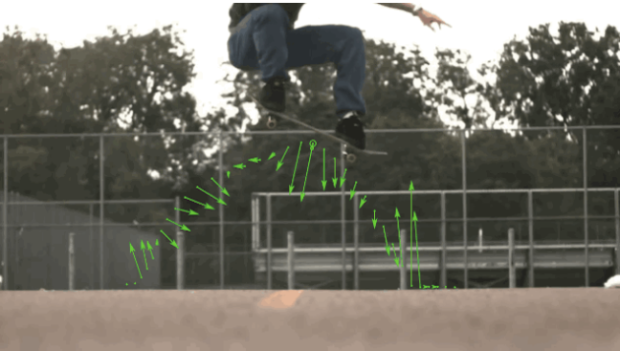
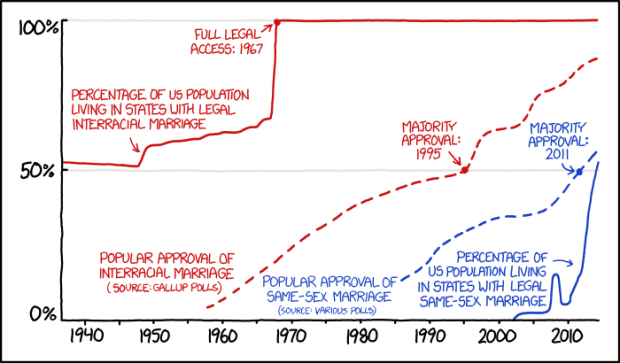
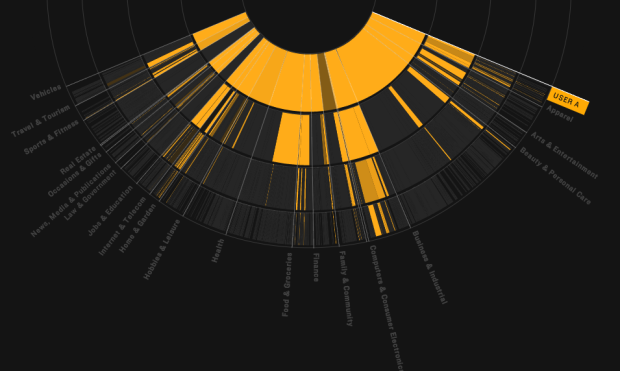
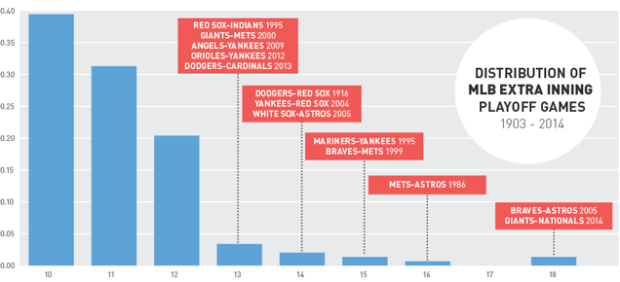
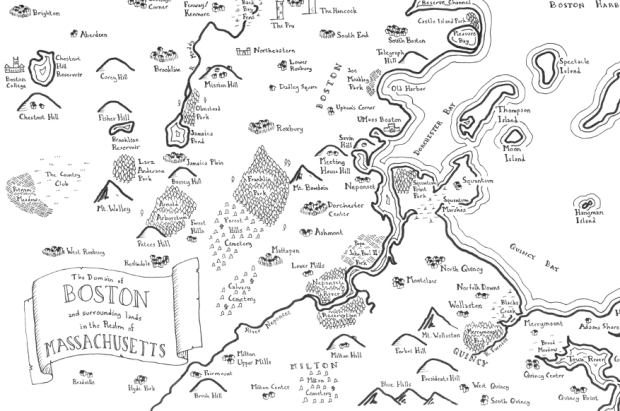
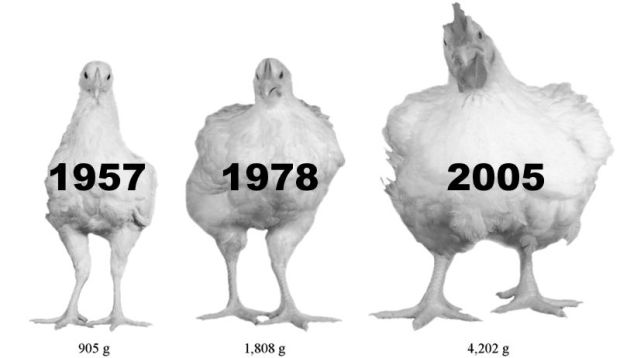
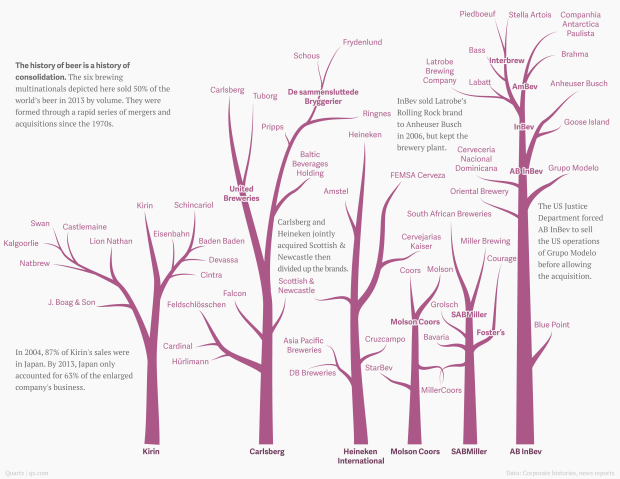
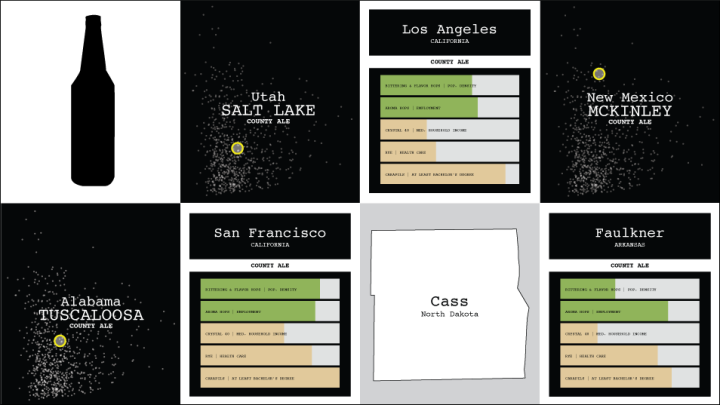
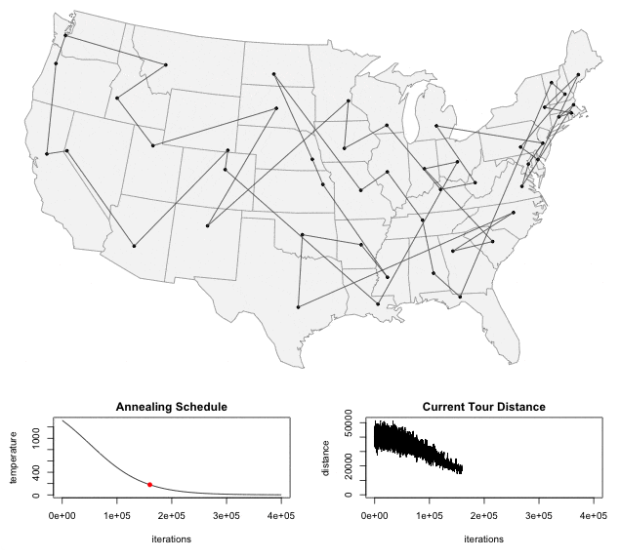
 Visualize This: The FlowingData Guide to Design, Visualization, and Statistics (2nd Edition)
Visualize This: The FlowingData Guide to Design, Visualization, and Statistics (2nd Edition)

